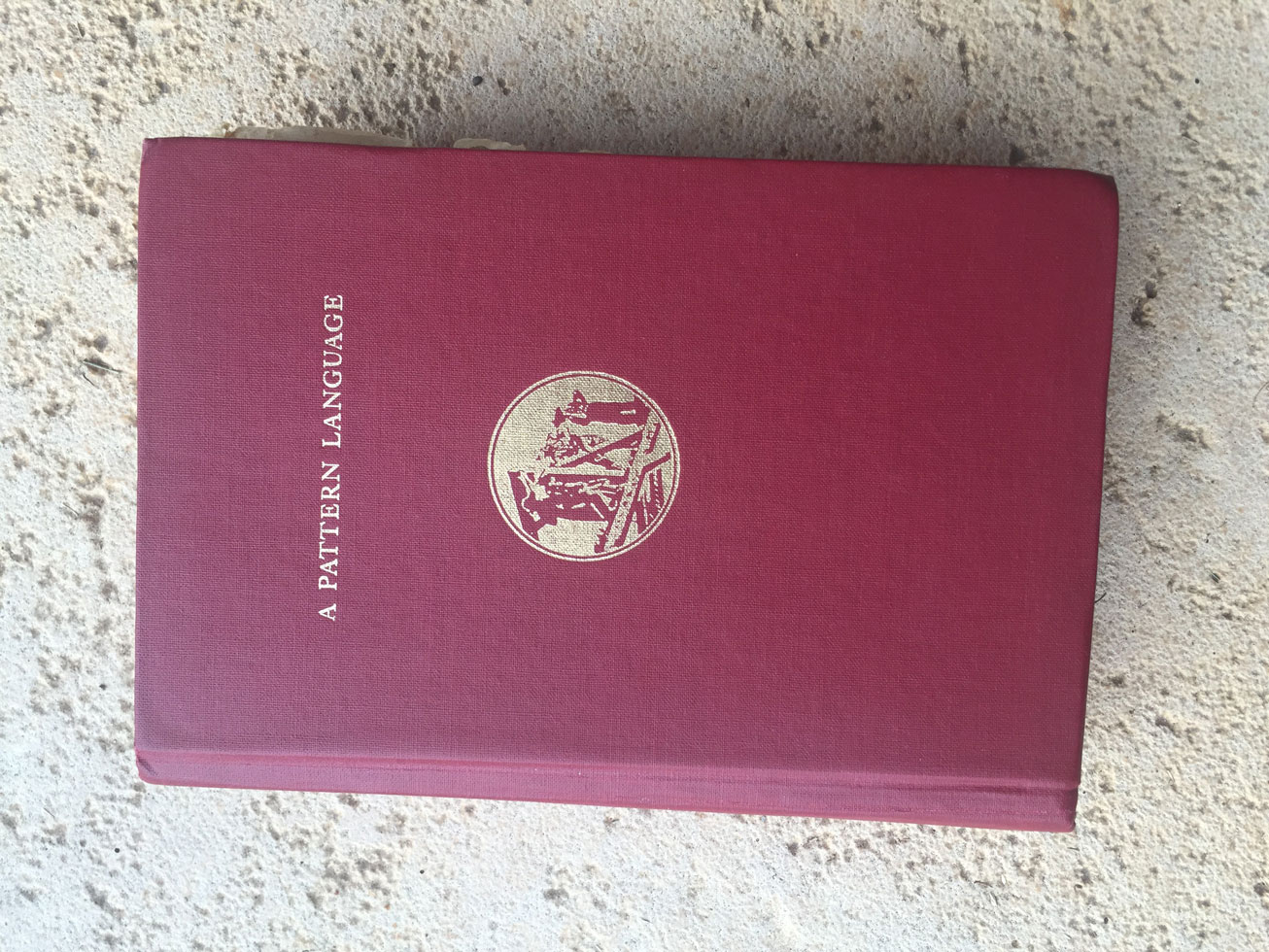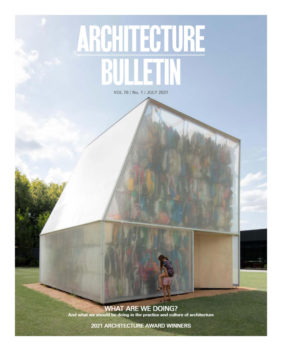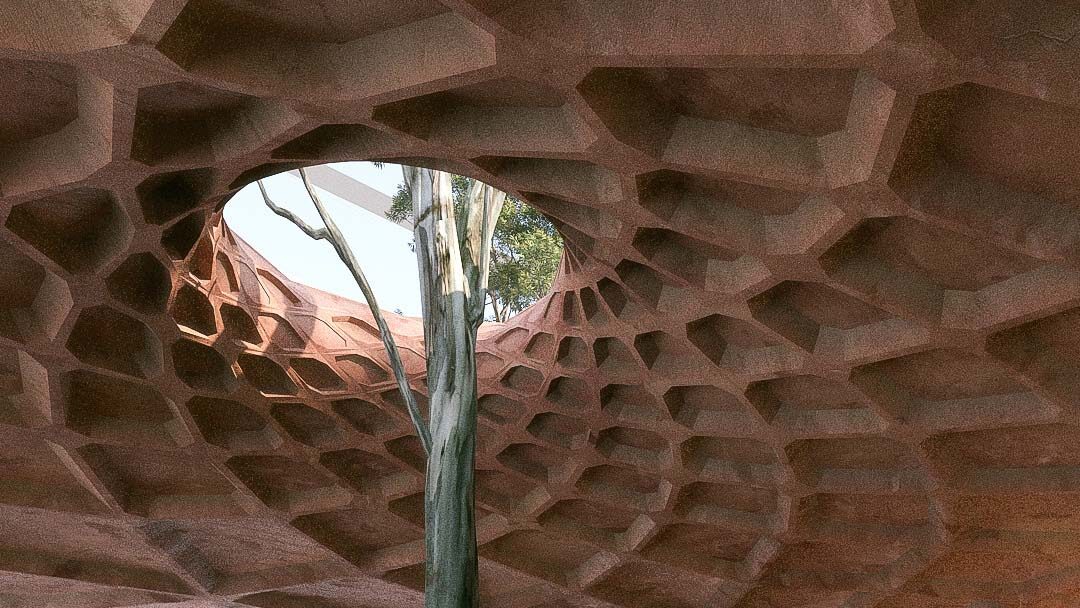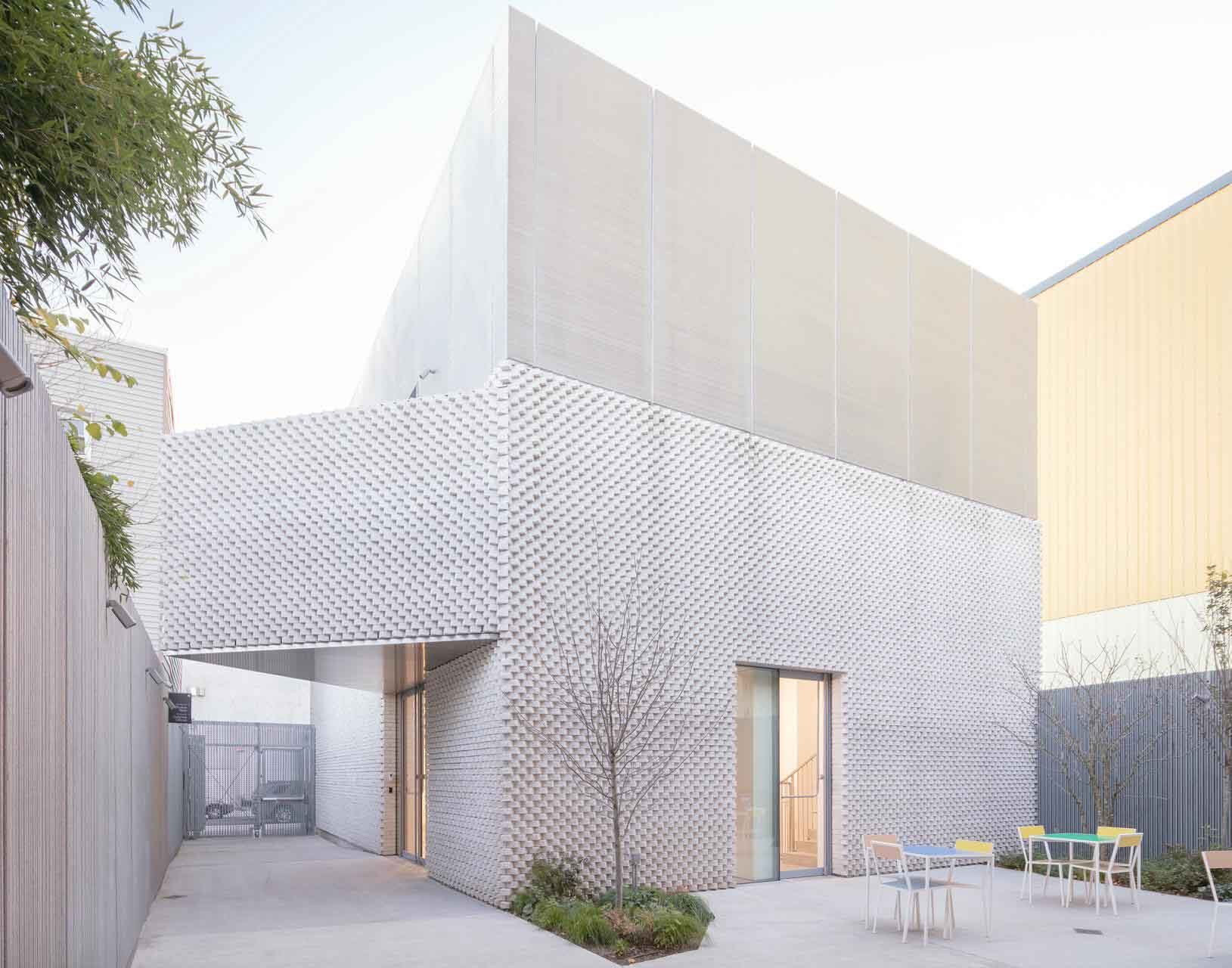When considering what are we doing in the architectural and built environment space to address our post-pandemic and climate-impacted world, I reflected on my architectural education and recalled the work of Christopher Alexander and his team at the Center for Environmental Structure at Berkeley in the 1970s. I also considered Einstein’s truism that we can’t solve problems using the same kind of thinking we used when we created them.
I won’t pretend to be particularly knowledgeable about Alexander or his work, which I first discovered back in 1980 as a recent graduate from what was arguably the most progressive Australian architecture school at the time – the School of Environmental Design, at what was then the Canberra College of Advanced Education. Once I had absorbed The Timeless Way of Building (Alexander, 1979) and A Pattern Language (Alexander, 1977) I was curious and upset that there had been barely a mention of this inspiring work during my architectural education and the faculty seemed more interested in the emerging post-modernism that often looked to me as a superficial parody of Alexander’s work.
Alexander and his team addressed the issues of environment, society, and economy as relevant to the built (and indeed the natural) environment in a comprehensive way which focused on the process and values of the design and construction industry. There has been much debate about whether Alexander’s work really has the universal and cross-cultural application that he asserted, however, irrespective of this there is no doubt he developed a compelling proposal to shift the design paradigm. This thinking has had a great influence on architectural theory since that time.
The central goal of Alexander’s work was to change the paradigm of creating the built environment, and he set out the elements of this in The Timeless Way of Building. Here he discusses the patterns of events that give each place its own particular character and quality. He shows how this quality has been generated in different societies for generations but has broken down in modern times because of the specialisation and commercialisation of the design and building process.
Alexander proposes a new way of building through consciously using a pattern language to help to re-establish the creative process of evolving buildings, neighbourhoods and towns. Fundamental to this is the involvement by individuals and the community in creating a built environment which reflects their needs and is not only sensitive to the environment but a natural part of it.
A Pattern Language provides detailed guidance from the regional scale to the decoration of individual spaces, encompassing towns, neighbourhoods and buildings along the way. I have utilised this framework for many projects and it is a useful and fascinating tool for decision-making through the design process.
But Alexander also tackled the challenge of the design and building process. He emphasised that a knowledge of the patterns relevant to a culture and place, and participation in the design and building process had traditionally ensured a natural evolution of the built environment. He asserted that this had been lost in the industrial world where individuals have specialised roles and were divorced from this creative process and often from the control of their immediate environment.
Alexander continued to develop his theories through further volumes and in The Role of the Architect in the Third Millennium details his thoughts on the future of architecture. He proposed a role for architects in what he saw as the transition from the modern ‘procurement’ process back to a more organic way of repairing and adapting the built environment over time in response to evolving needs.
Using an estimate of the number of architects (500,000 in 2002) he calculated that if they were distributed evenly across the world, each architect would be responsible for 8 square miles of the built environment, including around 60 buildings that would need to be renewed or built from scratch each year.
Recognising that this was an impossible task, Alexander proposes a new role for architects to guide, help and steer the work of communities to evolve the built environment — while also taking on a more artistic role to guide the actual making of the elements of that environment. He summarises this role as Making, Designing, Building, and Helping. Working with their local community they could develop and adapt patterns appropriate to their unique context.
“Just as doctors, as members of their profession, take responsibility for the care of illness and disease… it seems to me only natural that the life of buildings and the built environment… must be taken most seriously of all by those of us in the profession devoted to the love of buildings, who see buildings as our task and our passion, and who – in principle – know more than other people about the nature of these buildings” (Alexander, 2002: 555).
Today much effort goes into development and building ‘control’ – an adversarial process based on the premise that a proponent seeks to maximise their opportunities and the public are left to defend community and environmental values. This process is funded by applicants and taxpayers, often also requiring significant volunteer effort.
Alexander has proposed a model for our millennium where architects could be funded to work proactively and locally with communities to provide better outcomes at the neighbourhood and community scale.
This diversion of effort from control to pre-emptive solutions is reminiscent of the current social and political movement to ‘defund’ police forces and put effort into crime prevention, rehabilitation, and social outreach. Arguably, taking a preventative approach in creating built environment and managing public spaces would also be financially more efficient, improve social and health outcomes and reduce conflict in communities.
Applying an approach like this would allow places to adapt as the needs of their communities evolved over time — all while being sensitive to local values and environmental context — allowing the pattern of spaces to reflect the pattern of events.
I recall volunteering at the Fitzroy Housing Repair Advisory Service in the 1980s to assist homeowners work their way through the design, approval and restoration of their heritage housing stock. This was an example of a community-focused effort by architects to improve outcomes in the built environment at a time of architectural activism and community empowerment.
The challenge of reforming the way our built environment is created remains unresolved some 50 years after the issues were understood by science (and social science) and solutions such as Alexander’s were comprehensively articulated.
“And we, the architects of the world, are uniquely placed by inclination and tradition to take on the job of safeguarding and creating the living structure on the Earth’s surface” (Alexander, 2002: 561).
Notes
Alexander, Christopher. et al. (1977) A Pattern Language, Oxford University Press
Alexander, Christopher. (1979)The Timeless Way of Building, Oxford University Press
Alexander, Christopher. (2002) The Process of Creating Life, Berkeley, The Center for Environmental Structure
Alistair Henchman is an architect and Registered Planner who spent much of his career working in protected area management and was a Senior Executive in the NSW Government. Alistair has designed a number of homes using Alexander’s pattern language methodology. Alistair now consults to community, industry and governments throughout the Asia Pacific advising on sustainable ways for people to access and enjoy sensitive natural and cultural places.
This article was written in response to the NSW Chapter Editorial Committee’s call for contributions in a context of crisis, seeking perspectives on What are we doing?




